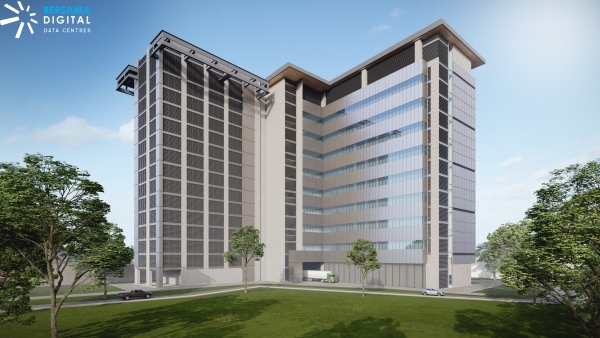Inside Data Centres: A Beginner's Guide to Digital Infrastructure

If you’re reading this, you are probably in need to find something to store all your data or told that you need a bigger place to store all the incoming data updating every second.
In today’s era, the solution to this problem is to set up a data center for your company and its purpose is becoming more important as we receive new information every second.
The New Method of Data Sharing
In the early 2000s, we’d store our data in hard drives of our computers or laptop. USBs, floppy disks, and many more offline storage devices to bring.
But today, as we possess multiple devices every day, and data-sharing is becoming a huge part of our lives whenever and wherever we are, hard drives will not be enough to suit this demand. Even in our leisure time, we still do a lot of data exchange with friends and family, and it is most likely that we do not bring our USBs or other offline hardware to exchange our data (be it documents or pictures, we are still sending saved messages daily).
And this is where data centers are becoming the solutions to store all our ever-growing data.
Most data centers are purpose-built facilities designed to house and manage vast amounts of digital information. With the explosive growth of the internet, cloud computing, and emerging technologies, the demand for data storage, processing power, and seamless connectivity has soared.
Data centers have emerged as the answer to these evolving needs, providing a secure, scalable, and reliable environment to support the digital ecosystem.
The Building Blocks of Data Centres
Unlike a USB where you can just plug in and store data, data centers like Bersama Digital Data Centres require a lot more features virtually store your data.
While staying online 24/7 is one of the most important keys to a successful data center, there are four other important components that one must consider:
Connectivity:
This includes the internal and external connectivity of the data center. The connectivity must be designed to ensure that the data can be quickly and easily transferred between the different components of the data center, and between the data center and the internet and other data centers.
Physical Infrastructure:
Data centers consist of multiple layers of physical infrastructure. At the core, you have the building itself, which is constructed to withstand various environmental factors and ensure the safety of critical equipment. The building is equipped with power distribution systems, cooling mechanisms, and fire suppression systems to maintain optimal conditions for the sensitive equipment housed within.
Power and Cooling Systems:
To keep the servers running smoothly and prevent overheating, data centres require robust power and cooling systems. Uninterruptible power supply (UPS) systems, backup generators, and CRAH (computer room air handler) ensure that the servers receive a constant and stable power supply while maintaining an optimal operating temperature.
Security Measures:
Data centers are fortified fortresses, safeguarding valuable data against physical and digital threats. Security measures include access controls, surveillance cameras, firewalls, and biometric authentication. These layers of protection ensure the confidentiality, integrity, and availability of the stored data.
Points to Consider When Choosing a Data Centre:
Since there are many different types of data centers, there are four things to consider when one is considering getting one, especially renting to a purpose-built Data Centre:
Interconnectivity Ecosystem:
Data centers play a critical role in ensuring that digital services and applications are available 24/7, and with the fast-paced market these dates, one must receive them immediately. From streaming services and social media platforms to e-commerce websites and cloud-based productivity tools, data centers power the infrastructure that allows us to access and utilize these services seamlessly.
Scalability and Flexibility:
As digital demands continue to grow and new data are received every second, data centers must provide the scalability needed to expand and accommodate increasing volumes of data and users. Whether it's expanding storage capacity or enhancing processing capabilities, data centers must quickly adapt to evolving needs, ensuring a smooth user experience.
Safeguarding and Redundancy Reliability:
Data centers offer redundancy and disaster recovery capabilities, allowing businesses to continue operating even in the face of unforeseen events. Data centers also minimize the risk of data loss and provide a backup infrastructure that can quickly take over in the event of an outage or natural disaster.
Environmental Impact:
Efficiency and sustainability are increasingly important considerations for data centres. Many providers are adopting energy-efficient technologies, utilizing renewable energy sources, and implementing cooling strategies to minimize their carbon footprint. This commitment to sustainability helps mitigate the environmental impact of data centers while contributing to a greener future.
Finding Data Centres
In Indonesia, especially Jakarta, data centers are increasingly important today as they are enabling the seamless connectivity and information flow that has become integral to our lives.
These purpose-built facilities like Bersama Digital Data Centres provide the foundation for our digital ecosystem, ensuring that businesses, individuals, and communities can thrive in the ever-expanding world of data. As we continue to embrace technological advancements, data centers will remain at the forefront, empowering innovation and driving the digital transformation of society.
If you’d like to know more about data centers or are interested in collocating in a data center, you can contact us here.
